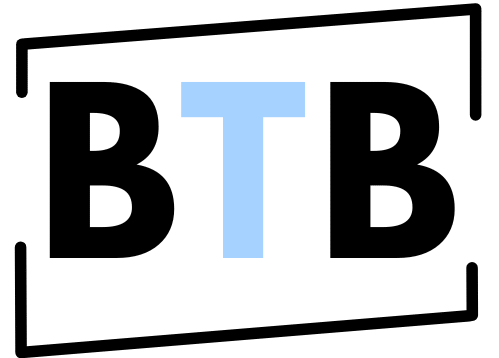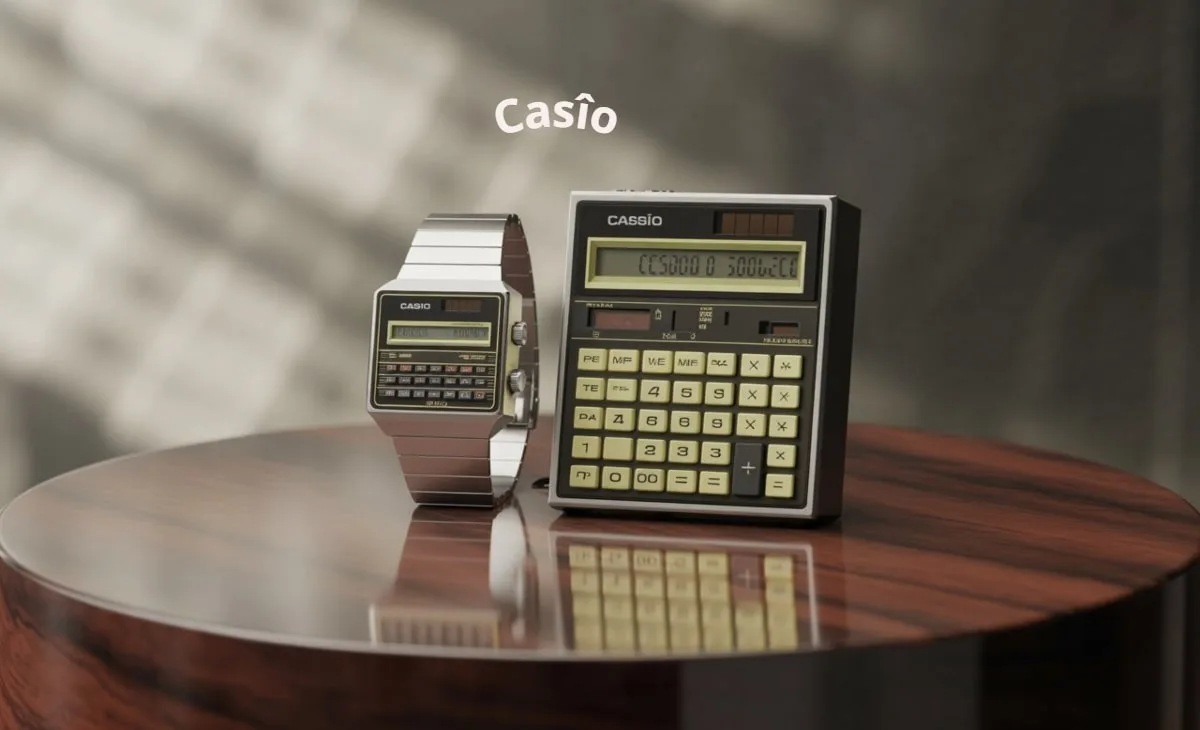Some brands come and go. Others become a part of your life. Casio is the latter—a quiet giant whose innovations have touched our wrists, classrooms, and creative studios for nearly eight decades. Whether it’s the digital watch on your arm, the calculator that helped you pass math exams, or the keyboard that sparked your first musical composition, Casio has been there.
What makes this Japanese electronics powerhouse so extraordinary isn’t just the breadth of its product range—it’s the way it has made advanced technology accessible without sacrificing quality or soul. In a time when digital devices become outdated within months, Casio’s creations often stay relevant for years, sometimes even decades.
This article is a tribute to Casio’s brilliance, charting its evolution from humble beginnings to a brand synonymous with durability, affordability, and clever design. It’s a story that reflects not just what technology can do, but how it can stay meaningful generation after generation.
A Legacy Born of Curiosity and Grit
Casio’s origin story feels like a parable of post-war Japan. Founded in 1946 by engineer Tadao Kashio and his brothers, the company began with mechanical devices, including a finger ring that held cigarettes—a novelty at the time. But the real breakthrough came in 1957 with the Casio 14-A, the world’s first compact all-electric calculator.
That calculator didn’t just launch a company—it opened a gateway for millions to engage with numbers, logic, and computation in everyday life. From there, Casîo evolved fast. By the 1970s, it had begun exploring timekeeping technology, culminating in the release of the Casiotron, the world’s first digital wristwatch with an automatic calendar. This wasn’t just about keeping time—it was about owning it.
Casio’s DNA was now set: combine utility with innovation and keep it within reach of ordinary people.
Watches That Do More Than Tell Time
If there’s one product line that truly defines Casio’s global identity, it’s the G-Shock. First introduced in 1983 by engineer Kikuo Ibe, the G-Shock was the anti-watch. It didn’t shatter under pressure, drown in water, or quit under stress. Built to survive a 10-meter drop, 10-bar water resistance, and a 10-year battery life, it quickly became the go-to accessory for athletes, adventurers, soldiers—and style icons.
From breakdancers in Tokyo to hikers in the Andes, G-Shock transformed from a rugged utility to a cultural symbol. It didn’t matter who you were or where you came from—you could trust a G-Shock. Over the years, limited editions, brand collaborations, and material innovations have only deepened its appeal.
Today, Casio offers everything from minimalistic street-style models to metal-cased collector’s editions, each one reflecting the brand’s unique mix of toughness and tech. While others chase fads, Casio crafts timeless durability.
See Latest Update on our Site: BrittneyTaylorBeauty
In Classrooms Across the Globe: Casio Calculators
For generations of students, the first real tool of power wasn’t a laptop or a smartphone—it was a Casio calculator. Compact, reliable, and approved for countless international exams, models like the fx-82MS and fx-991EX have become essentials in the academic toolkit.
But Casio didn’t stop at making simple number crunchers. They advanced to create ClassWiz series calculators with spreadsheet capabilities, QR code functionality, and interactive data visualization. The brand worked closely with educational institutions to ensure its tools aligned with curriculums—without making things unnecessarily complex or expensive.
Where other tech brands focus on exclusivity, Casio has always focused on empowerment. And in doing so, it has helped millions learn, solve, and succeed.
Keyboards That Strike the Right Note
In the music world, Casîo occupies a special space. While Yamaha and Roland often dominate the professional sphere, Casio carved its niche in the lives of learners, hobbyists, and casual performers. Their Privia and Casiotone series offer portable, affordable, and feature-rich instruments that don’t cut corners on sound quality.
Whether you’re picking up your first chord or practicing for a recital, Casio keyboards often become a first companion in a lifelong journey with music. Recently, the integration of AI-powered learning tools and Bluetooth-enabled apps has further solidified their place in modern music education.
Casîo’s vision for music tech is refreshingly democratic. It doesn’t gatekeep skill or budget—it opens doors.
Bringing Smart Into Everyday Tech
You won’t see Casio launching AI robots or home automation systems any time soon, but that doesn’t mean they’ve fallen behind. Quite the opposite. Casio has found a clever middle path—infusing smart features into traditional devices without overcomplicating them.
Their modern watches sync with mobile phones for alerts and data. Calculators can now generate QR codes to visualize complex equations. Keyboards come with USB MIDI outputs and companion apps. It’s a model of quiet innovation—function over flash, longevity over gimmicks.
This approach reflects a profound understanding of its audience. Casio knows that not everyone needs a gadget with 1,000 features. Occasionally, what people need is a tool that works flawlessly, year after year.
Sustainability With Substance
More than just a tech company, Casio has taken deliberate steps toward environmental responsibility. It’s not marketing fluff. Their commitment includes solar-powered watches, recyclable packaging, and reduced plastic usage. Materials like recycled resin in G-Shock models show that sustainability doesn’t have to mean softness or compromise.
Casio’s factories are increasingly powered by renewable energy, and the company participates in eco-initiatives across Asia and Europe. It’s a quiet revolution—consistent, measurable, and deeply integrated into their manufacturing processes.
This shift is more than timely. It’s essential. And Casio is one of the few legacy brands making it look seamless.
Why Casio Still Matters in 2025
Casio’s relevance today isn’t an accident—it’s the result of decades of intentional evolution. The brand’s ability to adapt without betraying its roots is rare. It’s what keeps it alive in classrooms, on stages, and on wrists across the globe.
While others chase disruption, Casîo embraces resilience. And that’s perhaps the biggest innovation of all.
Whether you’re solving equations in a quiet exam hall, timing a marathon in rugged terrain, or learning your first piano piece in your bedroom, Casio is there—not demanding attention, but quietly empowering every moment.
FAQs About Casio
What makes Casio calculators so essential in education?
Casio calculators offer unmatched reliability, intuitive design, and exam compatibility. They’re affordable and built to last, making them ideal for students at all levels.
Why is G-Shock considered an iconic watch series?
G-Shocks combine military-grade durability with pop culture appeal. They’re shock-resistant, water-resistant, and often used in extreme environments—from outer space to urban dance floors.
Is Casio still involved in digital imaging?
Casio exited the digital camera market in 2018, but its Exilim series remains respected among retro tech fans. Smartphones largely overtook that space.
How does Casio promote sustainability?
Through solar-powered tech, recyclable materials, and eco-conscious manufacturing, Casio is moving toward greener innovation without sacrificing product quality.
Are Casio keyboards good for beginners?
Yes. With user-friendly interfaces, realistic touch response, and built-in learning tools, Casio keyboards are perfect for those starting their musical journey.


